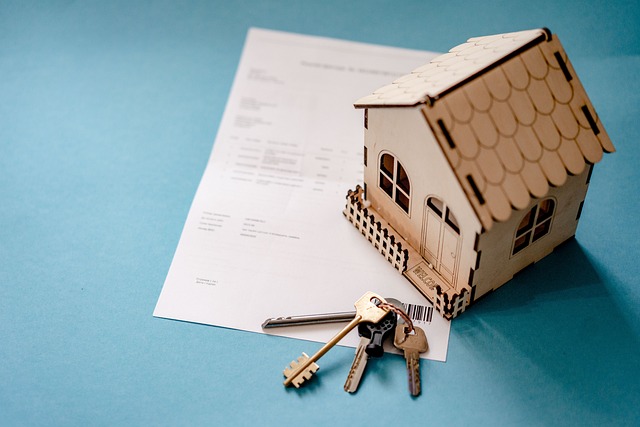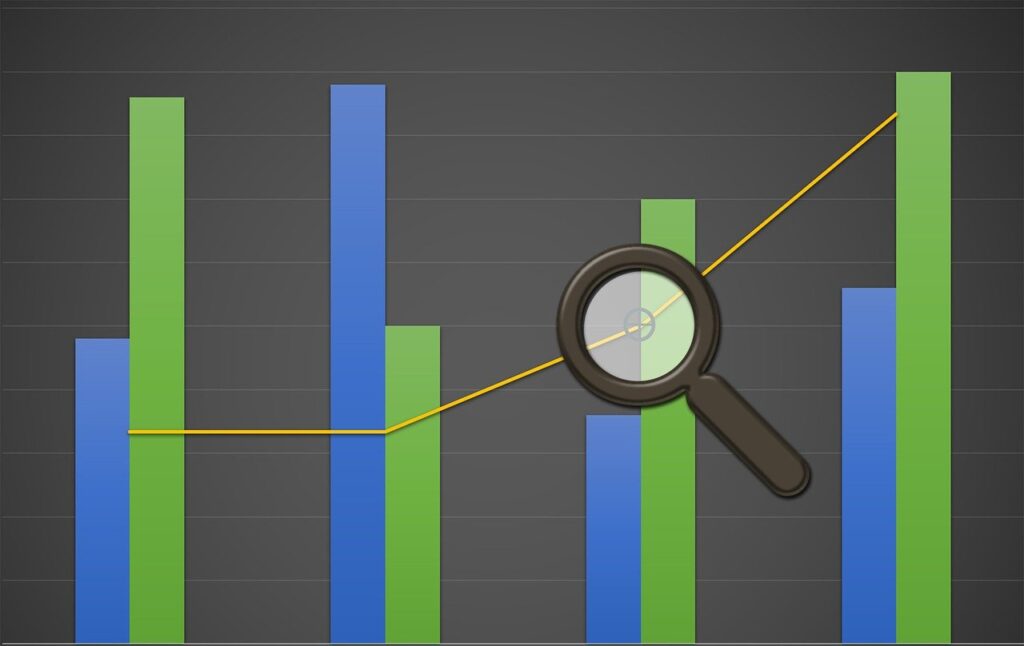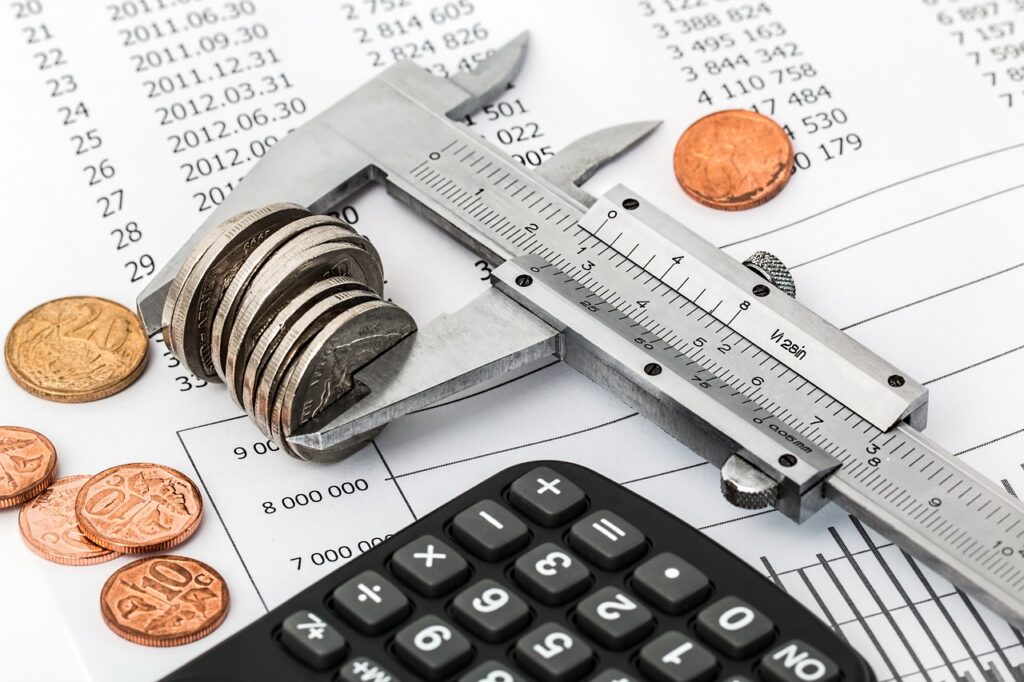Key Points:
- 403(b) plans are designed for employees in non-profit sectors, educational institutions, and religious organizations, offering three main types of accounts for investment.
- Contributions are made on a pre-tax basis and investments grow tax-deferred, providing both immediate tax relief and long-term growth benefits.
- Certain 403(b) plans offer loan provisions, and care is needed when transitioning between employers to ensure the plan’s benefits are maintained.
Life isn’t always kind to us, sometimes it throws you curve ball after curve ball and you just can’t figure out what to do next. Natural disasters though unfortunate are a reality, it doesn’t matter if your home gets damaged in an earthquake or a hurricane; the bottom line is that every real estate owner wants to restore their property to its former glory.
Unfortunately, not every insurance policy provides full assistance in case your home is ravaged by a natural disaster, however, this is no reason that you can’t look for help elsewhere. In fact, there are different governmental programs that actually offer real estate owners good rebuilding assistance, some of these programs are mentioned below.
SBA Loans
The SBA (Small Business Administration) Loans are a good choice because they offer low, long term loans on the losses that are often not paid by insurance companies.
The SBA Loans are restricted to a $200,000 value limit, and to become eligible for this loan your destroyed property must be located in a declared disaster county. Another restriction with the SBA Loans is that you can’t use the amount you get from these loans for upgrades, just for getting repairs done for your property.
The only upgrade that the SBA Loan allows home owners are the ones that can be classified under better protection of any future natural disasters of the same origin.
You can apply for an SBA Loan either personally or online.
203 (h) Loans
The 203 (h) Loan is a FHA (Federal Housing Administration) loan that comes in handy in the case of losing your property, or rebuilding it or even buying an altogether different home. To become eligible for the 203 (h) Loan your damaged property needs to be located in a presidentially declared disaster location and needs to be at a point that it needs either replacement or reconstruction.
To apply for the loan, home owners must apply to a lender that has been approved by the FHA and do so within the time period of a year from the presidential announcement of the disaster location.
If you choose to use the 203 (h) Loan to buy a new home instead of rebuilding your property, you can receive around 6% of the purchase price from the seller and can put that towards the closing costs along with the homeowners insurance and the property taxes.
The catch here is that when you decide to go with the option mentioned above, you have to pay an upfront mortgage insurance premium along with a monthly mortgage premium.
Also, the 203 (h) Loan amount cannot go above the limit that the FHA has set for your specific area.
203 (k) Loans
The 203 (k) Loan is designed for people who want to mend or renovate their damaged home, which also serves as their primary residence. The loans can be used to repair homes that are damaged by extreme weather conditions or by other natural disasters.
The 203 (k) Loan gives you enough money to not only pay the existing mortgage on your home but also to pay the amount of the required labor and repairs. The amount of loan that you are able to get is determined by a professional appraiser, however, the maximum amount cannot exceed the value that the property is expected to be worth after all the repairs have been made.
The good thing about the 203 (k) Loan is that it allows the home owner to borrow around 6 months’ worth of mortgage payments if his current home is completely inhabitable unless some necessary repairs are made.
The property you intend to rebuild with the 203 (k) Loan must meet the HUD’s minimum property standards i.e. it should have energy efficiency and must fulfill the safety standards.
The 203 (k) Loan cannot be used to rebuild things that the FHA considers as luxuries such as swimming pools, BBQ pits etc. The difference between the 203 (k) Loan and other loans mentioned above is that to become eligible for this loan your property need not be located in a presidentially declared disaster location.
As with other government loans you need to apply to an FHA approved agent to receive the 203 (k) Loan. Similar to the 203 (h) Loan with this loan as well you need to pay an upfront mortgage insurance premium along with a monthly mortgage premium.
A lot of paper work no doubt is involved in getting these loans, however, one cannot deny their importance as they help you rebuild and renovate your home enabling you to begin anew.







